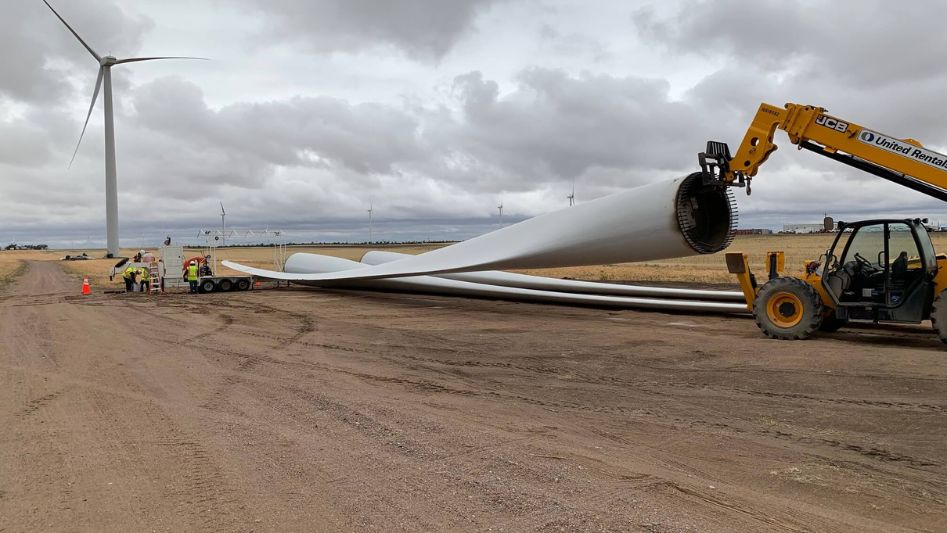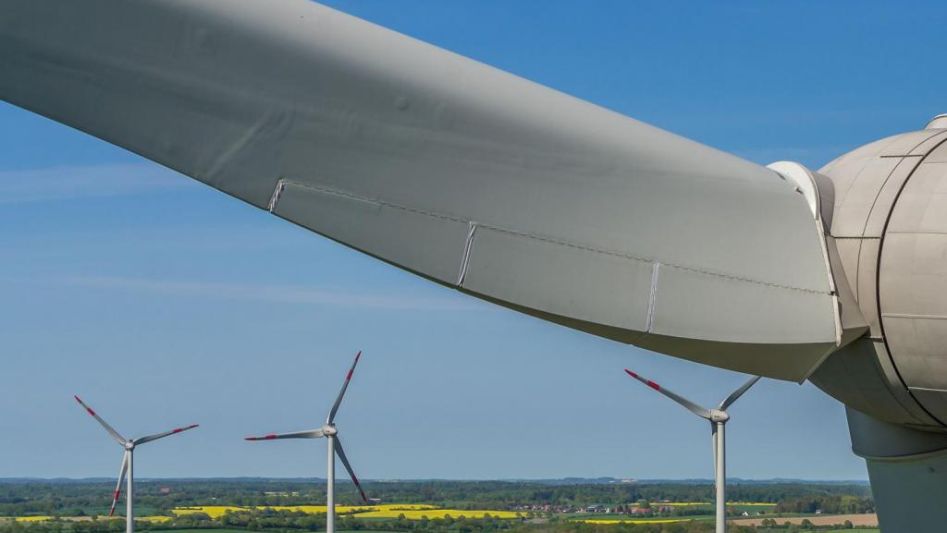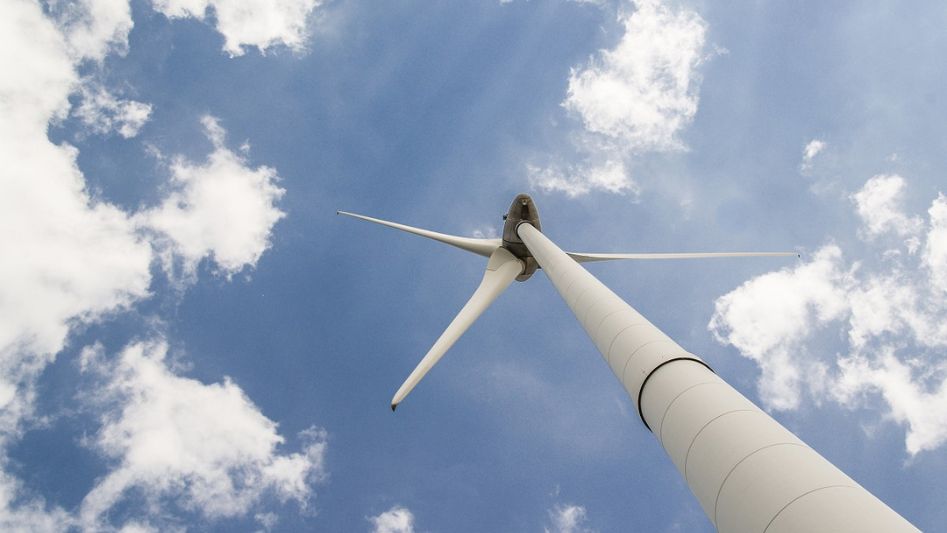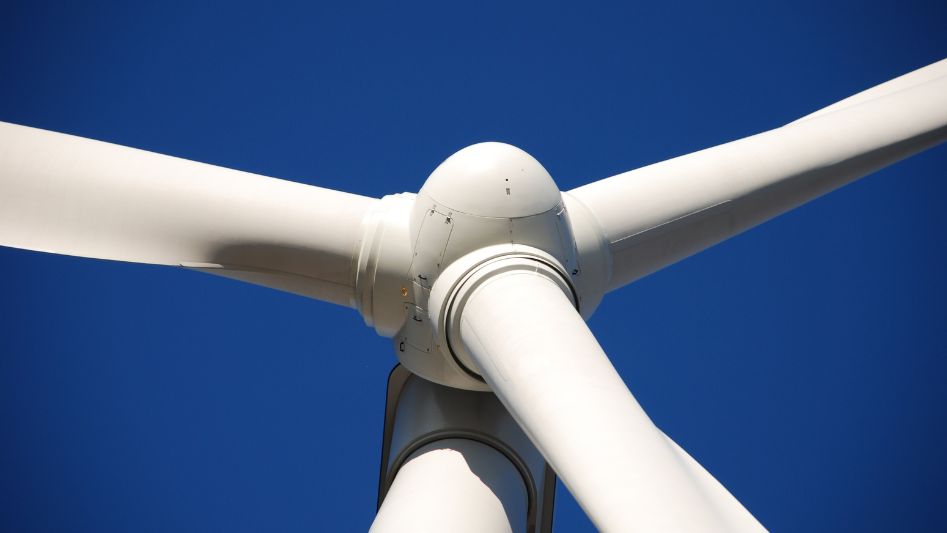Wind energy is a renewable energy source that harnesses the power of wind to generate electricity. Wind turbines are used to capture the kinetic energy of the wind, which is then converted into electricity. As the cost of wind energy technology continues to decline, it is becoming an increasingly cost-effective solution for electricity generation.
Table Of Content
We invite you to read: “Why Wind Energy is an Essential Part of the Renewable Energy Mix”

Cost Competitiveness of Wind Energy
Levelized Cost of Energy (LCOE)
The LCOE is a measure of the total cost of generating electricity from a particular source over the lifetime of the project, divided by the total amount of electricity generated. According to the International Renewable Energy Agency (IRENA), the LCOE of onshore wind energy has decreased by 40% since 2010, making it one of the most cost-effective sources of electricity.
Capacity Factor
The capacity factor is the amount of electricity that a wind turbine can generate over a given period of time, compared to its maximum potential output. According to the US Department of Energy, the average capacity factor for wind energy in the United States is around 35%, which is higher than many other renewable energy sources.
Investment Benefits of Wind Energy
Job Creation
Wind energy projects can create jobs in a range of fields, such as manufacturing, construction, and maintenance. According to the US Bureau of Labor Statistics, the wind energy sector employed over 115,000 people in the United States in 2020.
Economic Development
Wind energy projects can also stimulate economic development in the areas where they are located, by creating new markets and industries, and increasing local tax revenues.
Energy Security
Wind energy can help reduce dependence on imported fuels, which can improve energy security and reduce the risk of supply disruptions.
We invite you to read: “The Role of Wind Energy in Achieving Sustainable Development Goals”

Potential Drawbacks of Wind Energy
Intermittency
One of the main drawbacks of wind energy is its intermittency, as wind speeds can vary from day to day and season to season. This can create challenges for grid operators who need to balance supply and demand in real-time.
Environmental Impacts
Wind turbines can have negative environmental impacts, such as bird and bat mortality, noise pollution, and visual impacts. However, these impacts can be minimized through careful site selection and design.
We invite you to read: “A Closer Look at the Benefits and Limitations of Wind Energy”

Conclusion
Wind energy is a cost-effective solution for electricity generation that can create jobs, stimulate economic development, and improve energy security. While there are some potential drawbacks, such as intermittency and environmental impacts, the benefits of wind energy outweigh the costs. As the cost of wind energy technology continues to decline, it is likely to become an even more important part of the global energy mix in the coming years.
FAQ
What is wind energy?
Wind energy is a renewable energy source that harnesses the power of wind to generate electricity. Wind turbines are used to capture the kinetic energy of the wind, which is then converted into electricity.
How does wind energy compare to other sources of electricity?
Wind energy is becoming increasingly cost-competitive with other sources of electricity, such as fossil fuels and nuclear power. The levelized cost of energy for onshore wind has decreased by 40% since 2010, making it one of the most cost-effective sources of electricity.
How can the drawbacks of wind energy be addressed?
The intermittency of wind energy can be addressed through the use of energy storage systems and improved grid management. The negative environmental impacts of wind turbines can be minimized through careful site selection and design.
You May Also Like
- How Wind Energy Can Help Mitigate Climate Change
- Harnessing the Wind: An Introduction to Wind Turbines and Wind Energy
- How Wind Energy Can Contribute to a Zero-Carbon Future
- The Sky’s the Limit: Understanding the Potential of Kite Turbines for Wind Energy
- Unlocking the Benefits of Wind Energy: Why Going Higher is Better

